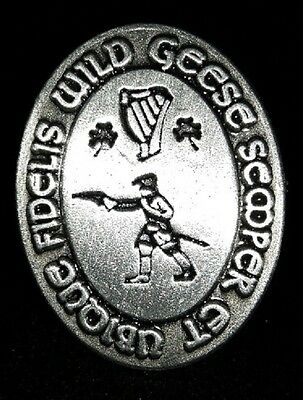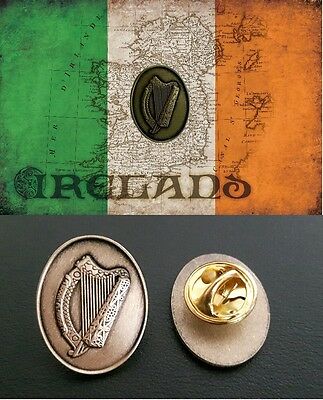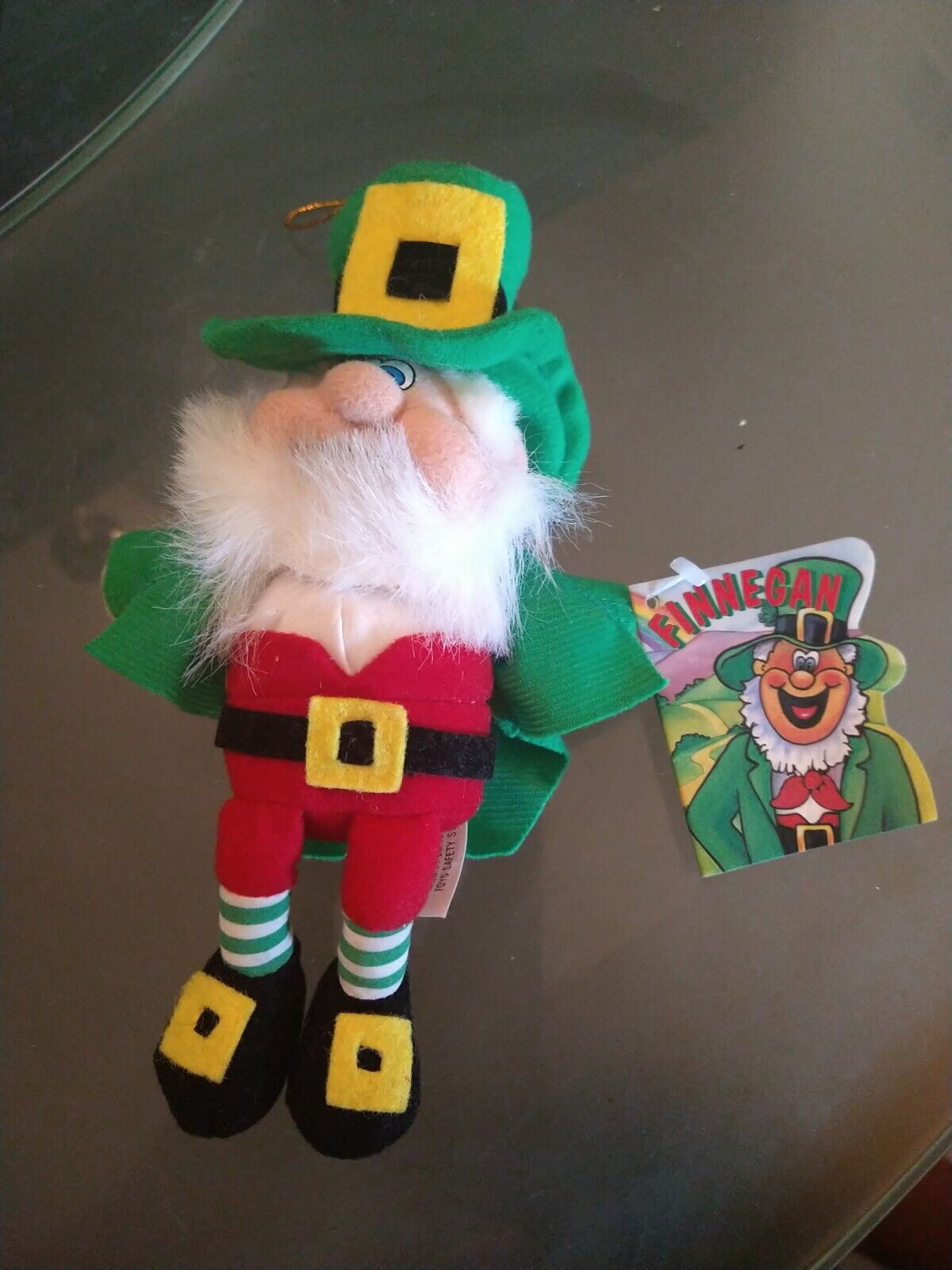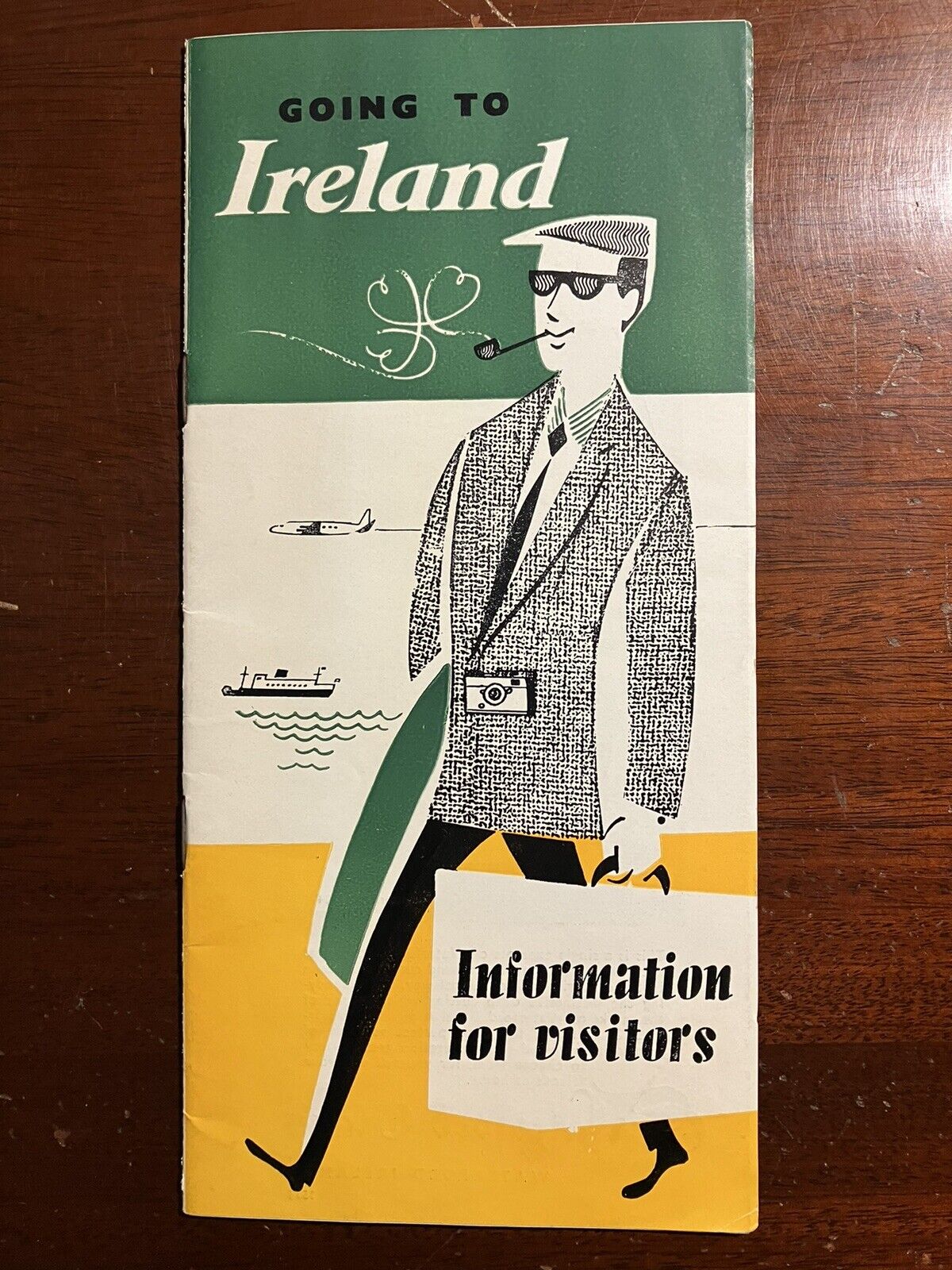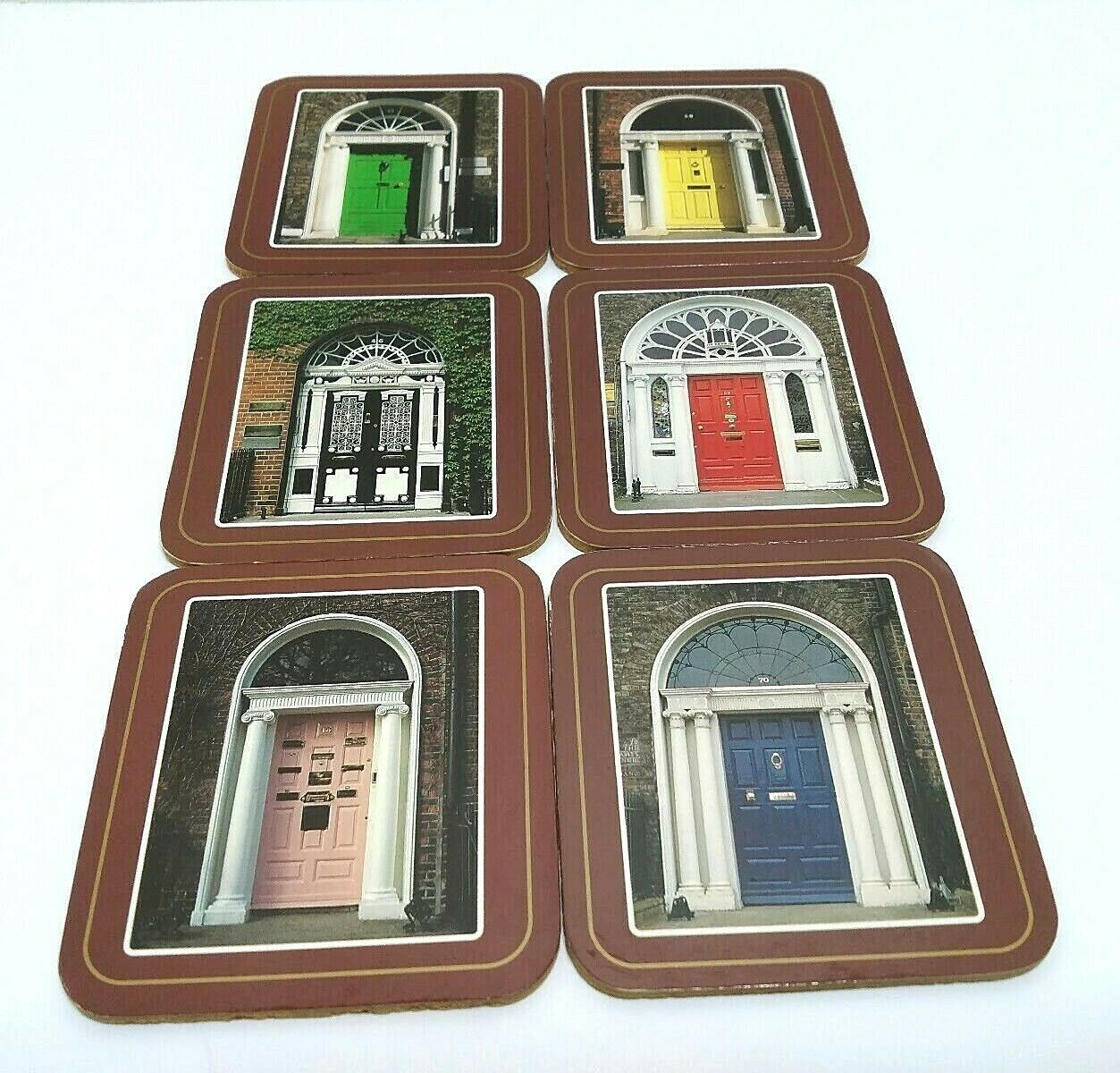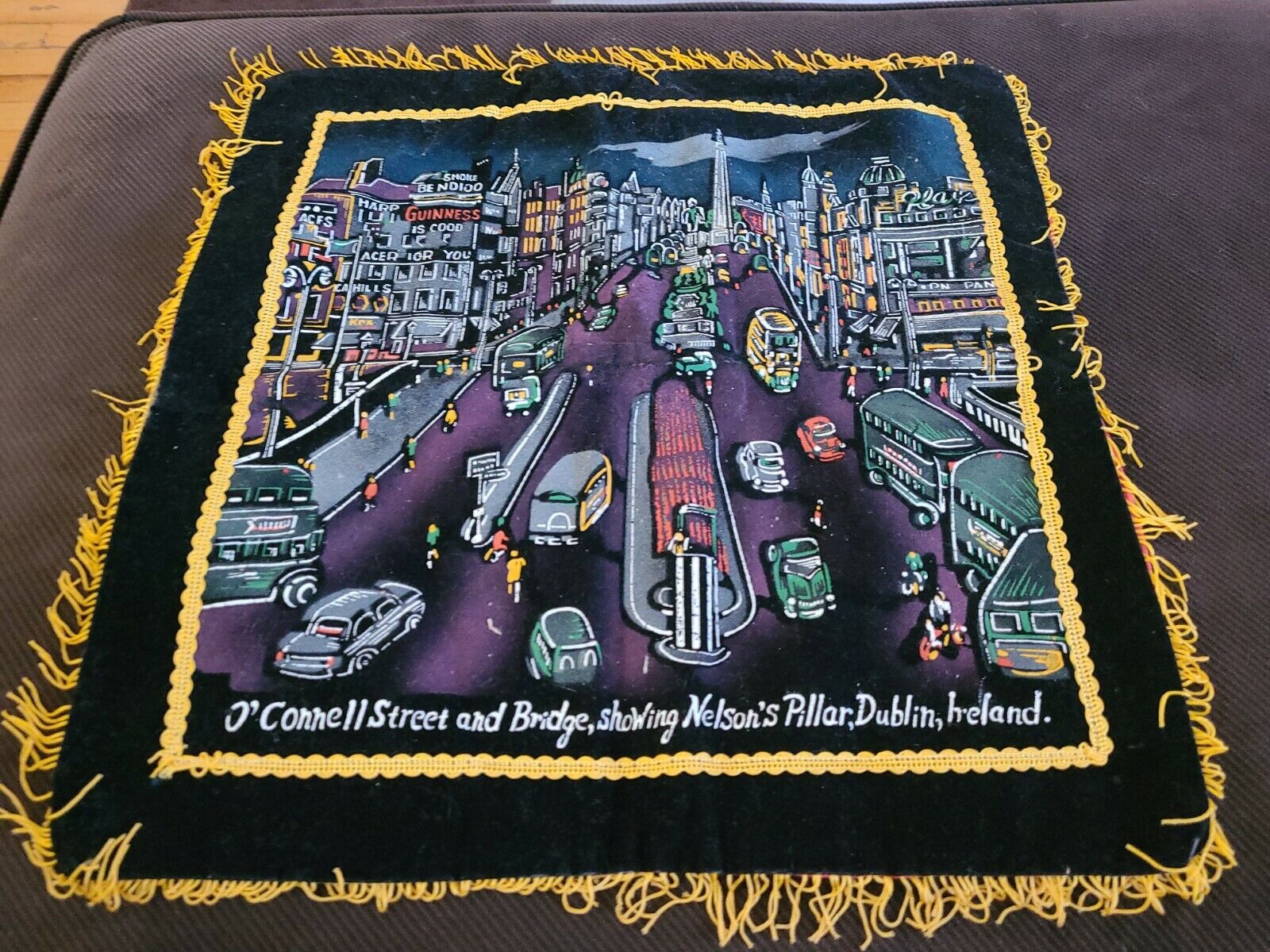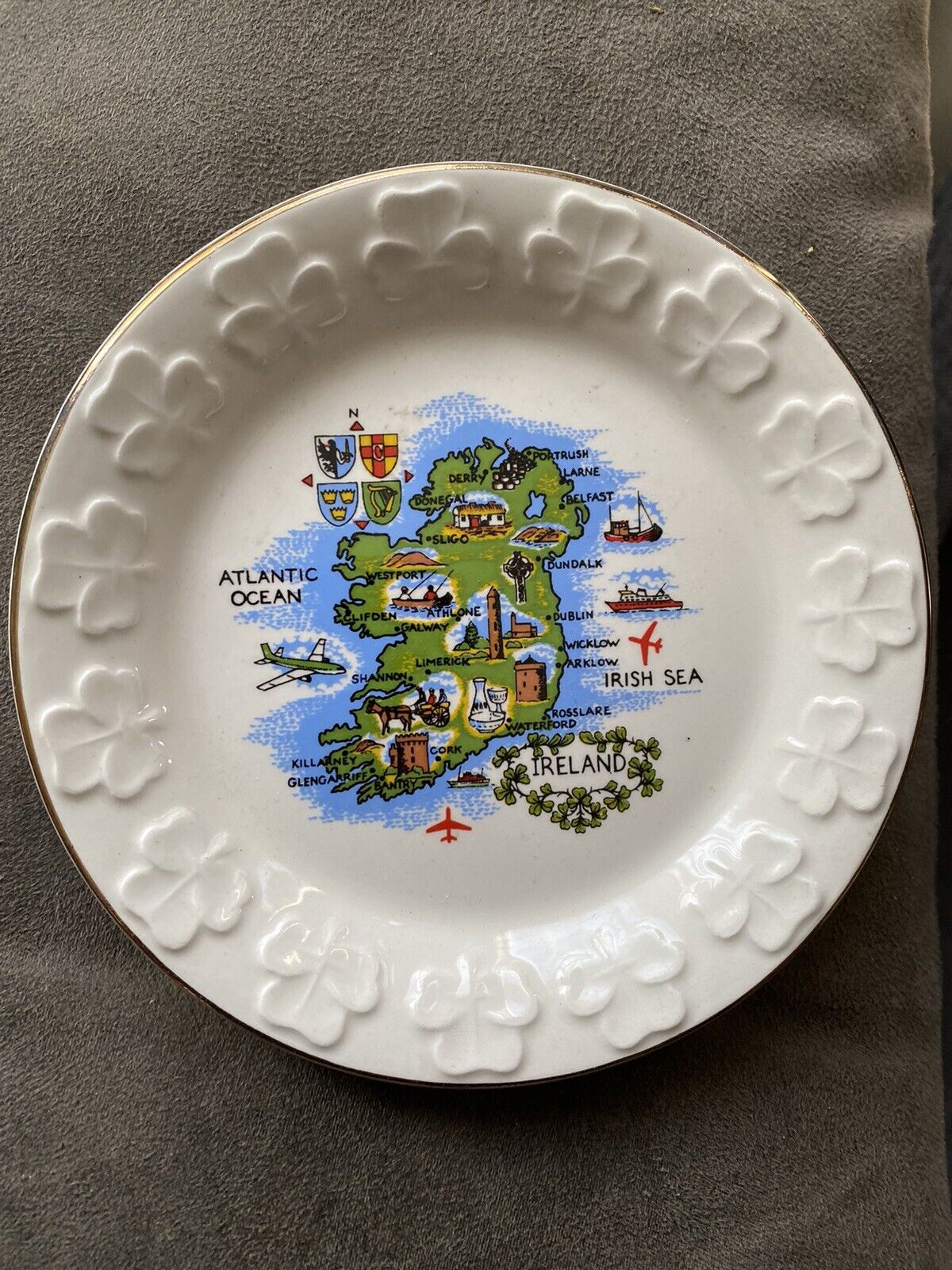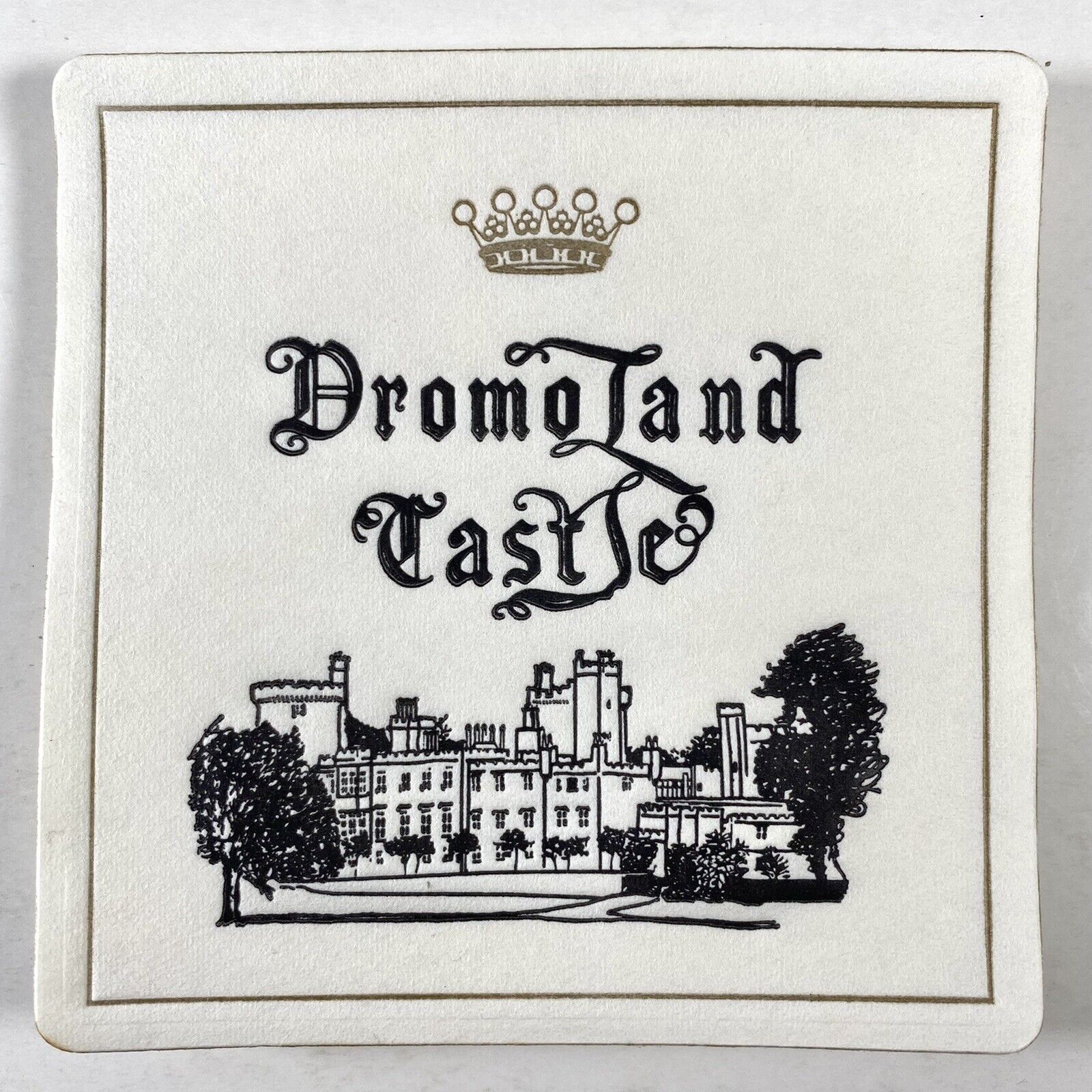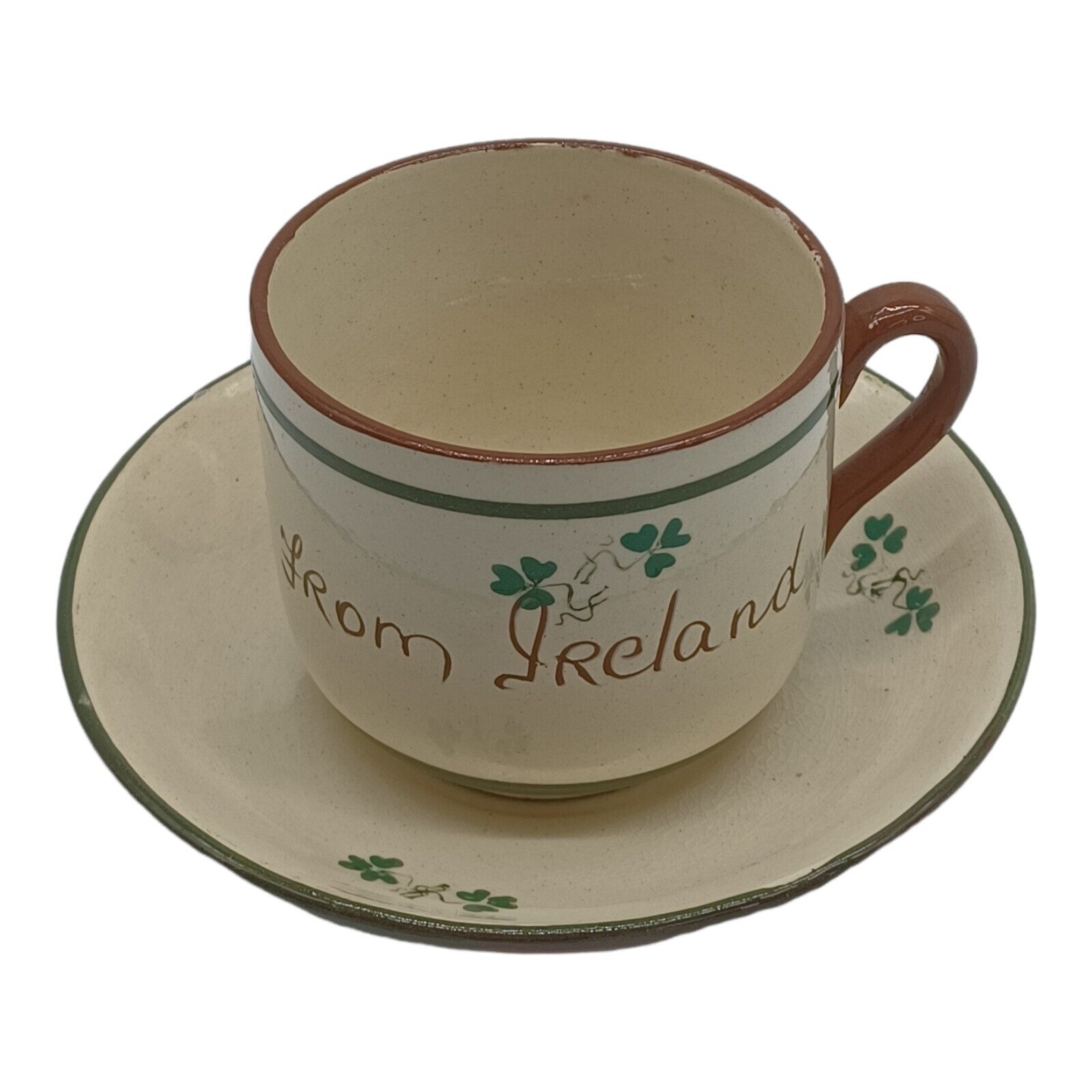-40%
The Wild Geese Pin™, Irish, Gaelic commemoration, lucky charm, Ireland
$ 3.69
- Description
- Size Guide
Description
The Wild Geese Pin ™, Irish, Gaelic commemoration, lucky charm22mmx17mmx1mm, in stylish antiqued silver plating with butterfly-clutch pin on reverse side.
Front bears the legend “Wild Geese” and the Irish Brigade of France motto “Semper et ubique fidelis” (Always and everywhere faithful) around the depiction of a period Irish Gentleman Officer armed with sword and pistol going
forward on the battlefield. Displayed above the figure is the Irish harp and shamrock taken from the Irish Brigade Farewell Banner “Drapeau d' Adieu” as presented in 1792 to the honorable officers of the
Irish Brigade
.
The Wild Geese Pin ™ is for anyone of Irish descent or piqued by historic interest, to commemorate Irish history, culture and spirit.
Inspiration behind the pin:
For approximately three centuries, a great number of able-bodied young Irish emigrated from
Ireland
. This migration, which took place over from the 17th century onwards, is colloquially known as the 'Flight of the Wild Geese'.
Many Irish, especially those who had fought in rebellions, chose to flee to continental Europe. France was one of the most favored destinations for the Irish, because it was overwhelmingly Roman Catholic. Once there, they frequently entered military service. Throughout the 17th and 18th centuries, the Catholic French were sympathetic to the Irish cause and they often smuggled luxury commodities to the Emerald Isle, in exchange for high-quality Irish wool and Irish military recruits. The recruits, who were equally prized, were customarily referred to in the ships' cargo logs as “wild geese” in order to mask the illicit recruitment; the name stuck and the military exiles came to be popularly known as 'Wild Geese'.
In the foreign military services, the recruits formed the 'Irish Brigades' and Irish soldiers were justly famed for their celtic courage and fighting skill. Although the Irish Brigades were most prominent in the service of France, they were also active in the
Austrian
, Italian, and Spanish armies. Many Irish soldiers gained commissions as officers in token of the high regard in which they were held and the gallantry they displayed on the battlefields of Europe.
The
Irish Brigades
were active throughout the 18th century. In the two centuries between the 'Flight of the Earls' and the French Revolution, hundreds of thousands of Irish migrated to continental Europe. In fact, it has been estimated that during the time of the
Jacobite
uprisings between 1691 and 1745, over 450,000 Irishmen died in the service of France alone. As such, the 'Flight of the Wild Geese' represents one of the most massive migrations in the history of Ireland.
A legend of the Irish Brigade has it that Louis XIV once complained to an officer of the Brigade that the Irish caused him more trouble than the rest of his army put together. The quick-witted officer was said to counter: "Please, your Majesty, your enemies make the same complaint about them."
The name “Wild Geese” today covers the whole Irish Diaspora who left Ireland and the remarkable story of the diversity of places and causes they have served over the centuries. Today, there are 80 million people of Irish descent living outside of Ireland around the world; there are about 40 million Irish immigrants and Irish-Americans living in the US alone.
If they had stayed home in 1690, the gentlemen Irish would likely have found themselves poor and destitute. Having chosen to take the initiative and to leave, they retained the titles and honors of their families. They left in the hope of one day returning and regaining their home, but as months slipped into years and a generation into generations, the dream faded and finally was extinguished. But the Irish made the world their new home and have achieved incomprehensible things while as the song goes “the world gazed in deep amaze”.
Globalization has tried to dilute individual culture, but the blood is strong and as per Irish tradition, nothing is ever forgotten.
The Wild Geese story is Ireland’s heritage. The Wild Geese are part of the DNA of all of Irish descent today.
The wild geese pin stands for the timeless Irish descendant, his survival, triumph and success that are a continuing chapter in the wild geese epic. The pin reminds us to eternally strive for betterment with Duty, Honour and Loyalty while remembering where we once came from.
If nothing else, it lays claim to your hereditary right to some “Luck of the Irish” on your personal way through life. After all: If you’re lucky enough to be Irish, then you’re lucky enough!
State your belonging and remembrance with your personal classic Irish “Wild Geese Pin™”.
I cannot but highly esteem those gentlemen of Ireland who with all the disadvantages of being exiles and strangers have been able to distinguish themselves by their valor and conduct in so many parts of Europe I think above all other nations.
– Swift -
Irish Brigade, France, Louis XV, Louis XVI, Madam pompadour, Treaty of Limerick, Spain, Boyne, Battle, Ireland, Eire, Emerald isle, Dublin, Spain, 69th, regiment, US, American Civil War,, Confederate, Yankee, Connaught Rangers, Royal Dublin Fusilier, Royal Munster Fusiliers, Royal Leinster Fusiliers, Celtic, gaelic, irlandaise, Irlandia, Aer Lingus, Shamrock, Harp, Dublin, Easter Rising, 1916, War of Independence, Black and Tans, Croagh Patrick, Shannon, Atlantic, Irish Sea, Hibernia, Cremona, Fontenoy,
Louis XIV
, the Great, the Sun King,Louis XIV, le Grand, le Roi Soleil,
Louis XV
the Beloved, Louis XV le Bien-Aimé,
Louis XVI
, the Restorer of the French Liberty, 1690, 1691,
Louis XVI, le Restaurateur de la Liberté Française, régiments irlandais, irish genealogy, Guiness, Cliffs Of Moher, irish Church, irish Catholic, Régiment Mountcashel,
Régiment d'O'Brien
,
Régiment de Dillon
,
Traité de Limerick
,
Régiment de Rooth
,
Régiment de Berwick
,
Régiment de Bulkeley
,
Régiment de Clare
,
Régiment de Dillon
,
Régiment de Walsh
,
Régiment de Lally
, Ancien Régime, Brigade irlandaise, Regimento Hibernia, O'Neill's Regiment,
Flight of the Earls
, Tercio Irlanda, Regimento Irlanda,
General Don Alejandro "Bloody" O'Reilly
,
The Marquess of Lede
,
Arturo O'Neill
,
John Sherlock
,
William Lamport
, Guillén de Lampart, Irish Australians, irish Canadian, Irish mexican, Irish Uruguayan, Irish Scots, Irish British, Ireland, Tourism, Catholic, Gaelic, Celtic, Aer Lingus, Dublin, General Post Office, 1916, 1919, 1920, 1921, Troubles, Cork, Shannon, Kilkenny, Ring of Kerry, Cliffs of Moher, Clontarf, Phoenix Park, Irish Nationalism,
Young Irelanders
, Sword Speech, Fenian Brotherhood,
Irish Republican Brotherhood
, Ancient Order of Hibernians, United irish league, Hibernian Rifles, Irish Embassy, Irish Business Network, Airport, Book of Kells, James Joyce, Samuel Beckett, Trinity College, Holyhead, Celtic Tiger, GAA, Liffey, Blarney, River Shannon, Gaeltacht, Connemara, Waterford, Limerick, Bantry, Dingle, Dolphine, Tralee, Rose of Tralee,
Fáilte Ireland
, Tourism Board Northern Ireland, Aran Island, Irish Ferrries, Stena Lines, St. Paticks Day, Finn MacCool, green,
Children of Lir
,
Tuatha Dé Danann
, Fomorians, Balor, Lug, Milesians, Manannan, Pan Celtic,
Ulster Cycle
,
Cú Chulainn
, Fenian cycle, Finn Son of Cumhall, Oisin, Goll Mac Morna,
Tír na nÓg
,
Other World
, Little People, St. Patrick, Banshee, Pookas, Changelings, Dagda, St. Patrick, Shamrock, Faeries, Leprechauns, three wishes,
Atlas of the Irish Revolution,
